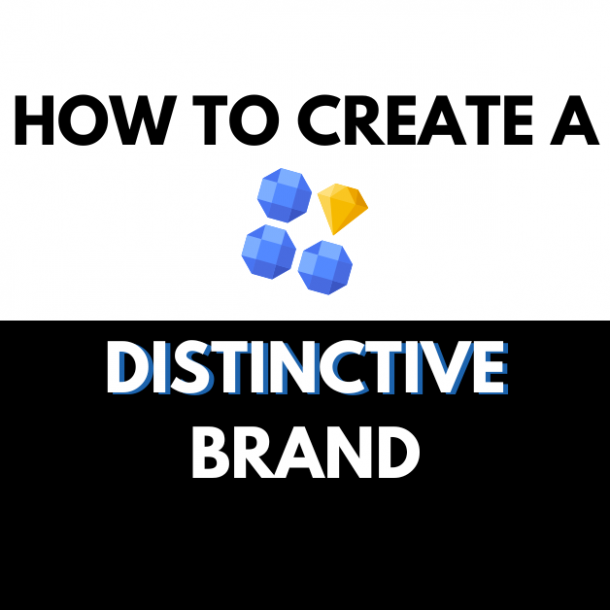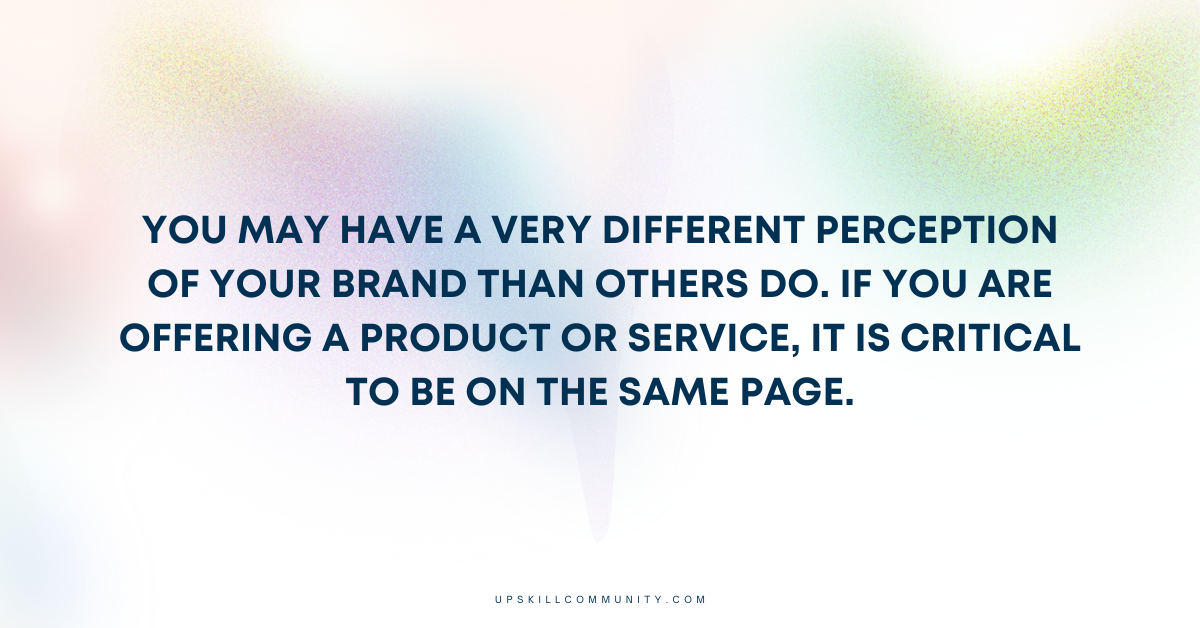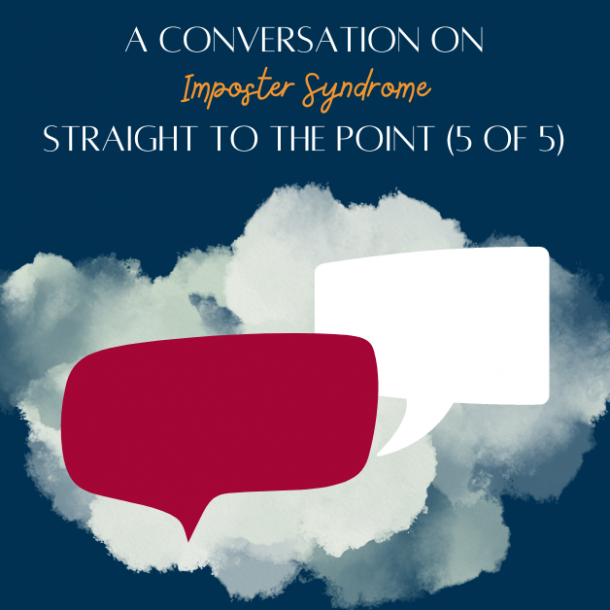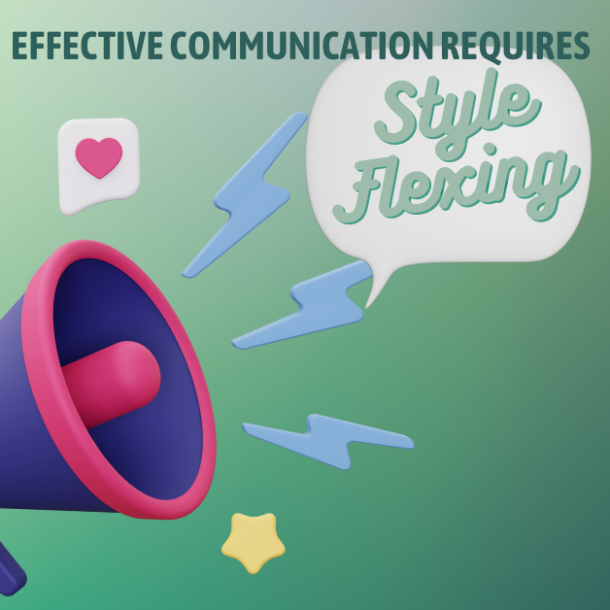
UpSkill: Taking Feedback to Understand Your Brand
Over the past few blog posts we have focused on brands and branding. We’ve delved into what a brand is, Brand DNA, why brands succeed and why they fail.
We’ve also emphasized that a brand does not have to apply to a company. We all have our own personal brand. Our brand — as Jeff Bezos says — is what people say about us when we’re not in the room.
So finding out what people are saying is a key part of branding. Seeking feedback can be easy. If you’re an employee, you can ask your manager for feedback. If you own a business you can survey your customers or ask your stakeholders. Using that feedback productively and constructively can take some practice.
Receiving feedback takes maturity and introspection. It also requires the willingness to learn and develop, and the resilience to put emotions aside. You then need the self-leadership to give others the benefit of the doubt and trust that others are trying to support us with their feedback.
Without this feedback we are living with our own perceptions of ourselves. Like it or not, other people’s opinions matter when it comes to our brand. We have to factor in outside opinions. We also need to have a good degree of self-awareness.
Author Tasha Eurich described self-awareness as internal and external. Internal self-awareness is what we know about ourselves and about our business. The external self-awareness is what others know about us.
The truth about ourselves lies at the intersection of these two types of self-awareness. You must then be in a constant dialogue with those around us to truly understand yourself.
We are in an environment that is constantly shifting. What people thought of us last year can change quickly. Consistent, ongoing dialogue is fundamental.
Can we maintain our perceptions, or make them more positive?

So what’s the best way to receive the feedback you need?
Try using the “Feedback Receiving Cycle.”
The cycle is a five-stage cycle.
It begins with a pause that allows you to listen, reflect and get clarity before you respond.
What this cycle really highlights is the importance of pausing to engage with the feedback you are receiving.
This pause is about signalling your desire and appreciation of the feedback. It may mean putting your phone down. It may mean moving into a private space. It may mean shifting away from distractions.
One of our previous blog posts also delves into how to receive feedback constructively and can be a good starting point, and also described the feedback cycle.
One thing that I want to flag up in terms of this feedback cycle is that after you pause, you listen. Then you take a moment to reflect on the feedback.
All of that all needs to come before we jump to doing what we always do as the first step: respond or react.
Our sensitivities, our emotions, our egos come right to the forefront. We’re almost in attack mode. Someone giving us feedback has to come armed.
We create an environment and a culture that fosters protective hesitation. This concept means that others with very critical information that could benefit us and our brand may not provide it to us.
Please take advantage of the feedback cycle to help you pause, listen, reflect and clarify before you respond. Receiving feedback is a process. Please begin that process with a pause.
Remember that receiving feedback is a skill that can be learned.



